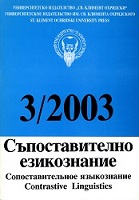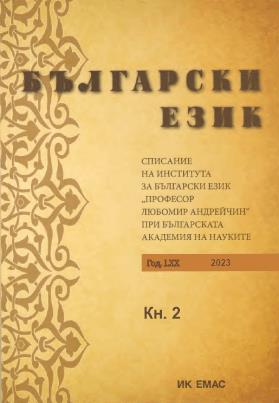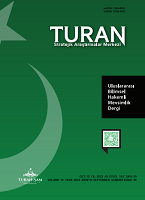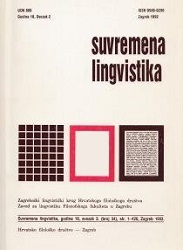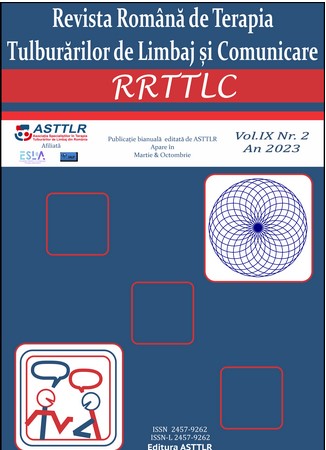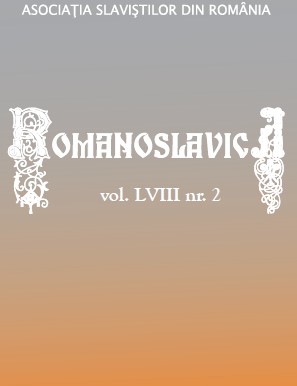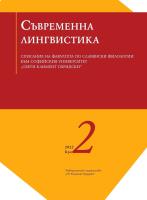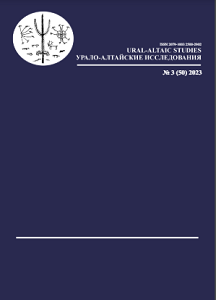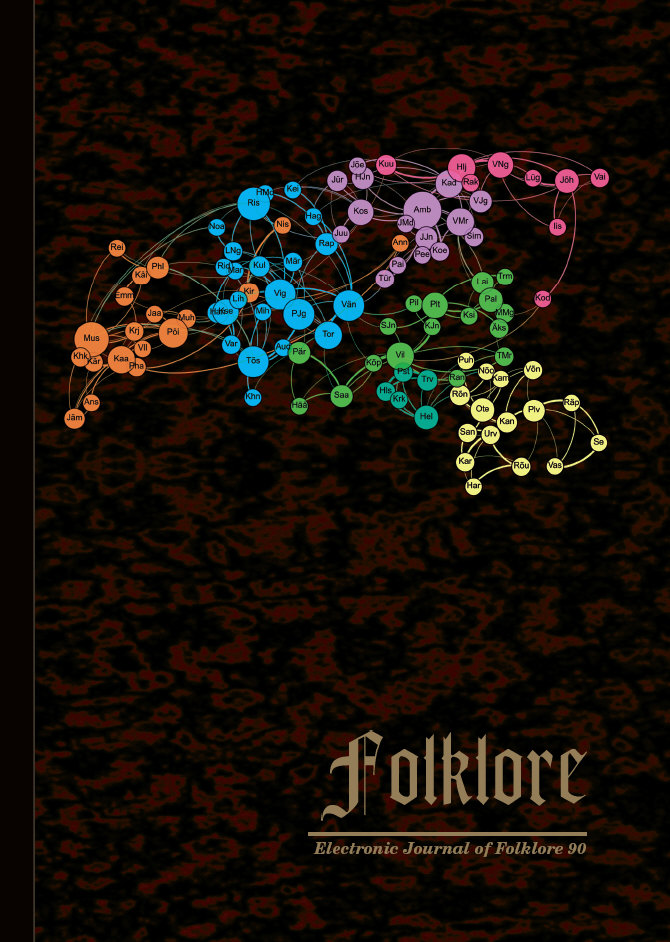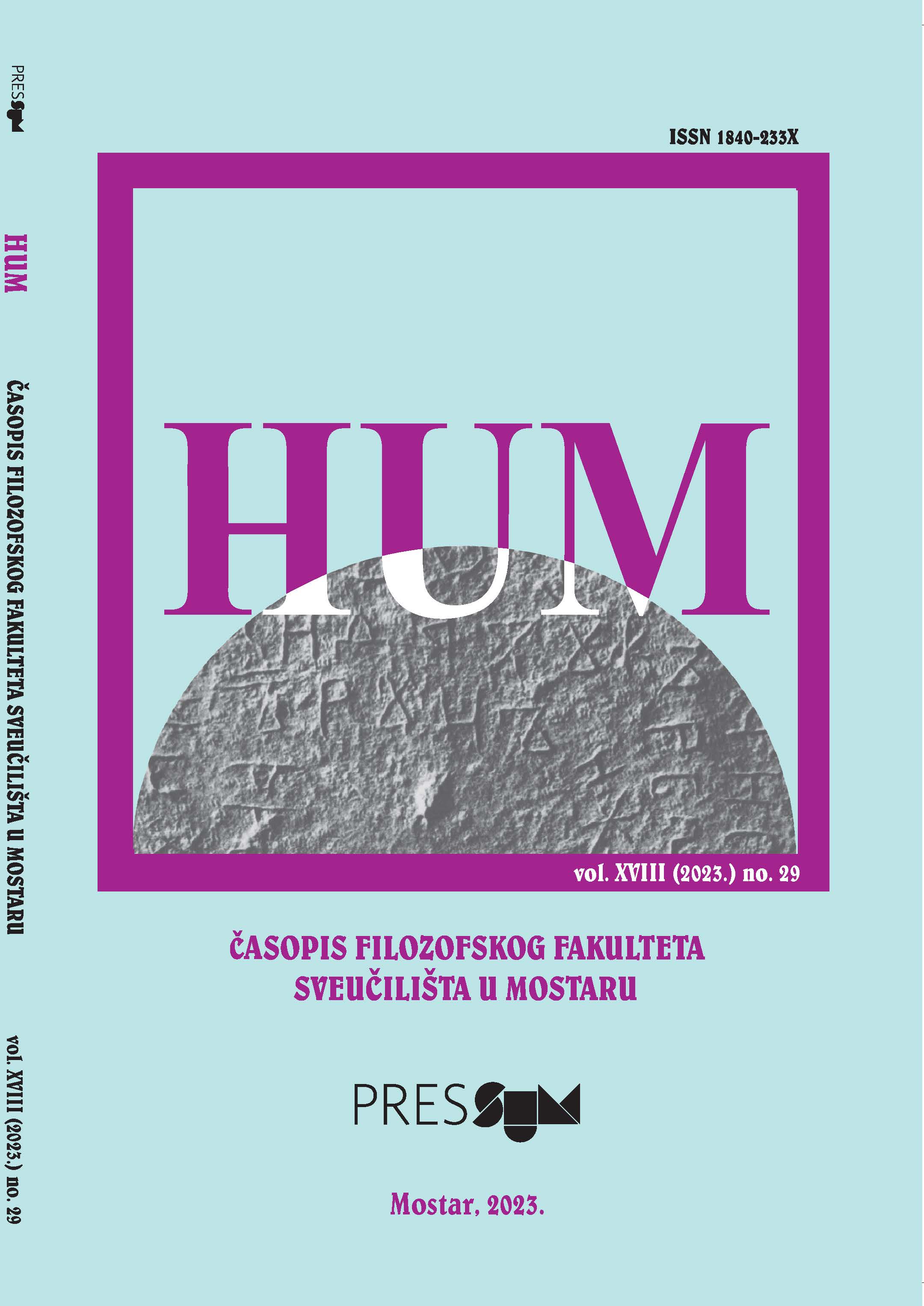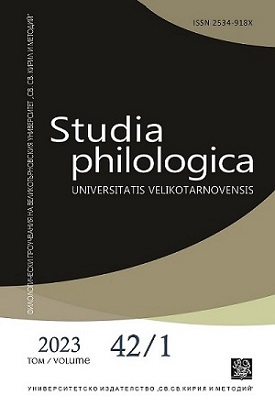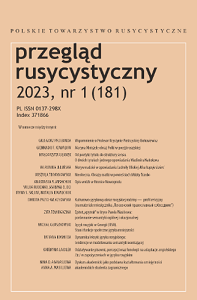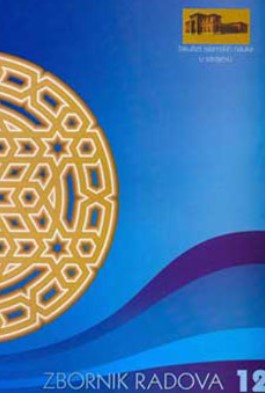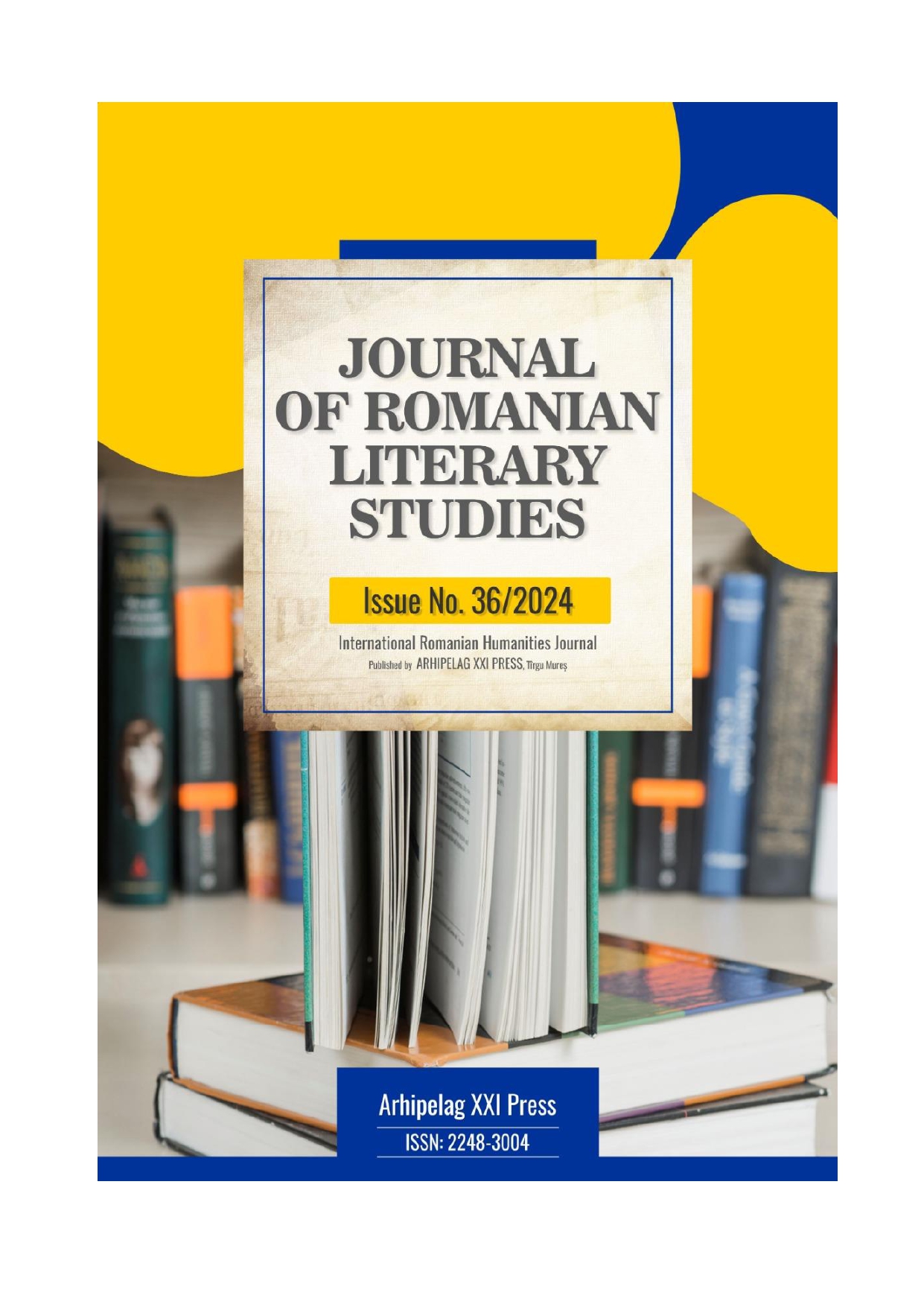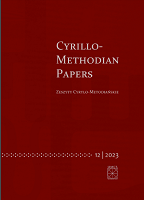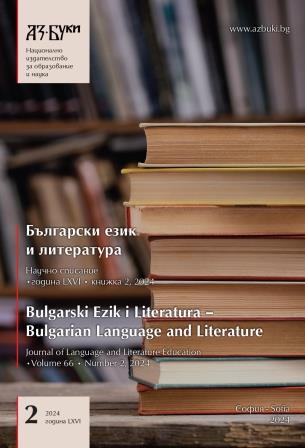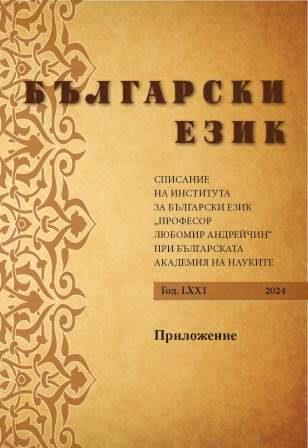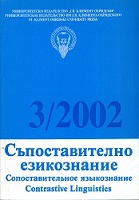
La troncation lexicale en français contemporain et l’opposition oral-écrit: les modifications du signifiant phonique et graphique
В статията се изследва взаимоотношението между устната и писмената форма на отсечените думи в съвременния френски език. Особено продуктивно поради външни и вътрешноезикови фактори, явлението съкращаване чрез отсичане на част от производната основа е от морфофонологичен характер: то представлява изпускане на една или на поредица от съседни фонеми в цяла дума, обособени или не в сричка и/или морфема, разположени в нейното начало (афереза) или край (апокопа). Точката на отсичане се установява в зависимост от морфологични, фонологични, семантични или икономични критерии. Основаващ се на принципа на езиковата икономия, този словообразувателен похват обаче предполага или включва някои добавки: освен присъщото за всяка отсечена единица конотативно разговорно значение, в някои случаи се наблюдава разширяване на денотативното значение, поява на социална, изказна или асоциативна конотация, както и формални удължения на новата дума (чрез суфиксация, редупликация), които неутрализират постигнатата икономия, но са в унисон с многобройните отредени и функции. Този двоен принцип на изпускане и добавяне се проявява и при писменото означаване на езикови единици от разглеждания вид, където той се вписва в серия от значими взаимодействия между устната и писмената им форма, доказващи съществената роля на последната: поява на нови фонеми, на нови графеми или графически знаци, умело използване едновременно на устния и писмения план на изразяване с игрова цел31. Някои съгласни фонеми от цели думи, послужили за основа на отсичането, се заместват от други вследствие на новата позиция на означаващата ги графема. Наблюдават се и отделни случаи на поява на нови гласни, които могат да бъдат обяснени единствено чрез позоваване на графичното означение на пълната лексема. Още по-разнообразни са измененията в писмената форма на съкратените думи, които налага самото отсичане. Чрез добавяне на апостроф, точка или нямо е се посочва артикулацията на съгласни, озовали се в крайна позиция, в която освен това фонемната реализация, наследена от производната основа, понякога може да бъде необичайна. Графичното окончание на единиците, образувани главно чрез апокопа, може да бъде видоизменено спрямо цялата езикова форма и в други насоки: замяна на етимологична графема с друга, притежаваща по-голяма честота в езика при обозначаването на конкретна фонема; замяна на сложни графеми с прости; вариативност при новата крайна съгласна графема; несъответстващо на френските правописни норми поставяне на ударения след преминаването на гласната затворено е [е] в отворено е [е]. Правописът на отсечените сложни думи показва употреба на съединителна чертица или на главна буква, както и слято писане, чрез които се присъединява съкратената коренна морфема към запазената цяла, се отразява нова сричкова структура или се избягват нетипични графични конфигурации. Статията разкрива, че отсичането на част от производната основа, често затваряно в рамките на устната реч, притежава в съвременния френски език и разгърнато писмено измерение. Редом с влиянието на писмената форма върху фоничното означаващо на отсечените лексеми, езиковите факти свидетелстват и за особено интересно и съзнателно търсене на начини да се изработи графично съответствие на настъпилите при отсичането (главно чрез апокопа) промени във фонемния състав. Като цяло се обособяват две тенденции: добавяне и вариативност, характерна за езикови явления с ненапълно изградени писмени традиции. Анализираният материал дава също така основание да се говори и за процес на “подмладяване” на френския правопис, по правило отразяващ в голяма степен отминали етапи от развитието на езика. Това става възможно чрез подбор на алографи, най-често срещащи се за дадена фонема, чрез опростяване на сложни графеми с премахване на съставящите ги прости без фонемно съответствие, чрез изграждане на допустими графични конфигурации, чрез стремеж към достоверно и еднозначно изписване на устната форма без оглед на етимологията.
More...
